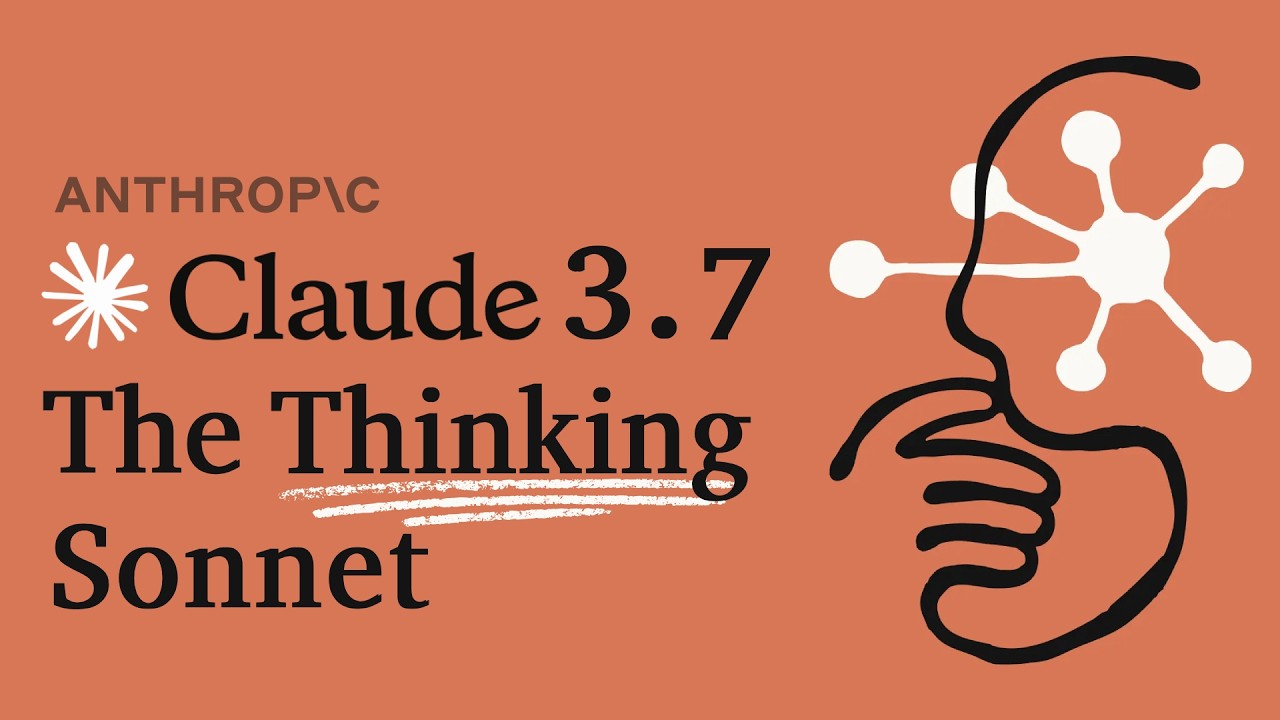The video discusses the release of Anthropic’s Claude 3.7 model, which introduces a “thinking mode” that enhances its coding and reasoning capabilities, allowing users to allocate more tokens for higher quality responses. The presenter highlights the model’s improved performance in benchmarks and its commitment to transparency, encouraging viewers to experiment with Claude 3.7 in coding tasks.
In the latest video, the presenter discusses the release of Anthropic’s new model, Claude 3.7, which is not Claude 4 but still offers significant improvements, particularly in coding and reasoning tasks. The excitement surrounding Claude 4 remains, but Claude 3.7 introduces a “thinking mode” that enhances its capabilities. The presenter highlights Anthropic’s recent fundraising efforts and projections for increased product usage, emphasizing that Claude has become a leading choice for coding tasks among various tools.
The video delves into the features of Claude 3.7, particularly its reasoning capabilities. Users can select an “extended thinking” mode, allowing for more tokens to be utilized in generating responses. This feature enables users to set a budget for the number of tokens dedicated to thinking, which can lead to higher quality answers. The presenter notes that this approach allows for a trade-off between speed, cost, and the quality of the output, making it a flexible tool for users.
Benchmarking is another key topic, with the presenter explaining how Claude 3.7 performs against previous versions and competitors. The model shows improved results in software engineering benchmarks, and the presenter emphasizes the need to rethink how benchmarks are evaluated, considering the amount of compute used. The video also touches on the model’s performance in various reasoning tasks, noting that while Claude 3.7 excels in many areas, it still faces competition from other models like Grok 3 beta.
The presenter highlights Anthropic’s commitment to transparency, particularly in revealing the thought processes behind the model’s outputs. This transparency aims to build trust among users and allows for better alignment between the model’s thinking and its outputs. The video showcases practical examples of how Claude 3.7 can be used for coding tasks, demonstrating its ability to generate detailed code and explanations for complex concepts.
In conclusion, the presenter expresses enthusiasm for Claude 3.7’s capabilities, particularly in coding and reasoning tasks. The model’s extended thinking feature and transparency in thought processes are seen as significant advancements. The video encourages viewers to experiment with the model and share their experiences, indicating that Claude 3.7 is poised to solidify Anthropic’s position in the coding model landscape. The presenter plans to create follow-up content exploring Claude code and its applications further.
